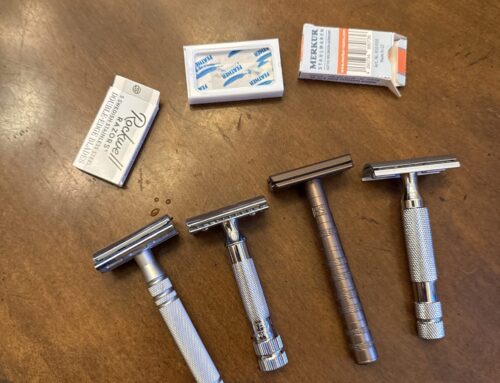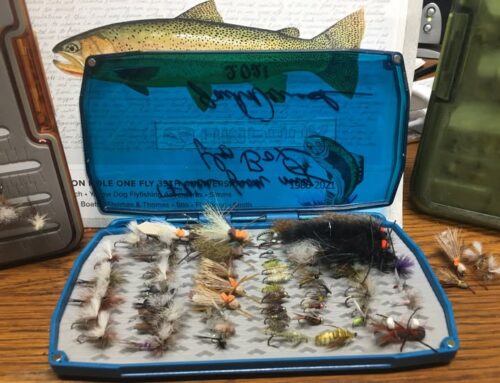| Just Delivered |
 |
|
|||||||||||
Sources in Hong Kong for jade jewelery:
https://www.thejadejewellery.com/categories/bracelets?page=4&sort_by=&order_by=&limit=24
Introduction
There are two minerals that are commonly called jade, nephrite and jadeite. The traditional Chinese jade, is nephrite. Just to make things even more confusing, in New Zealand, jade is called pounamu or greenstone. As one of the world’s oldest decorative stones, jade has been prized for its beauty across the world.
Properties
Close up of a carved nephrite slab, from Marsden River, New Zealand. Bown Collection Source: Geoscience Australia
The two jade minerals, nephrite and jadeite are both tough and have small granular crystals giving a fibrous appearance. They have quite different chemical compositions and structures. Nephrite is a type of amphibole mineral and jadeite is a type of pyroxene mineral. Nephrite can be white, yellow, green and brown to black, depending on the amount of iron and magnesium in the mineral. Jadeite can be green, pink, purple, brown and white.
Nephrite jade is very tough, the toughest known natural mineral, three times tougher than ceramics and even tougher than steel. This explains why it was used in neolithic times for knife blades, axe heads and later for ornamental carvings. While it is not as hard as some other minerals like diamond, nephrite is made from an interwoven meshwork of fine fibres or needle-like crystals so is not brittle and does not break easily. Coarser crystals and alignment of minerals decreases the toughness of the mineral. Jadeite is the second toughest mineral known, but is not as tough as nephrite as its interlocking crystals are less fibrous.
The interlocking crystals or fibrous structures of these two jade minerals mean they can be polished easily, so are ideal for carvings and jewellery.
| The Properties of Jade | ||
|---|---|---|
| Mineral | Nephrite | Jadeite |
| Chemical Symbol | Ca2(Mg,Fe)5(OH)2[Si8O22] | NaAl[Si2O6] |
| Name | From Spanish Piedra de hijada, colic stone, from the belief it would prevent nephritic colic | |
| Relative density | 3-3.3 g/cm3 | 3.2-3.4 g/cm3 |
| Hardness on Mohs Scale | 6-6.5 | 6-7 |
Uses
Carved nephrite from Marsden River, New Zealand. Bown Collection. Source: Geoscience Australia
Jade is commonly carved to make jewellery, ornaments and urns, vases or statues. Because it is such a tough material, diamond-tipped tools are usually used to cut the stones. It can also be polished to shine.
History
People have used Jade for ornaments, tools and weapons for thousands of years. Jade artefacts have been found at ancient sites of Neolithic culture in Australia, Europe, Asia, North and Central America. There is evidence that carved jade items were used for cultural and religious purposes by Aztec, Maya, Chinese, and Maori cultures.
It wasn’t until 1863 that a scientist working with minerals realised the word jade was referring to two different minerals, jadeite and nephrite. However, Chinese jade artists had worked out much earlier that jadeite was different to nephrite and was better for producing fine ornaments and carvings. The Chinese started importing jadeite from Myanmar in about 1750. In China, jade is so valued that gifts made from jade are given at birthdays, weddings, and other celebrations. Fine-grained jadeite, with a rich, green colour, is considered the most important and rare type of jade and can cost more than diamonds. Traditionally the best jade was submitted to the Imperial court for consideration. The Empress Cixi (or Tzu Hsi) ruled China from 1861 to 1908 and was known to be a collector of the finest jade pieces. As a result, Chinese carvers called this type of jade imperial jade.

60mm
As we all know, the color most often associated with jade is green, however, jade can also come in various shades of lavender, red, yellow, white, brown, black, and gray. So which color jade is the best or most valuable?
The most highly coveted jade is a color known as “Imperial Jade”. The most famous and expensive pieces of jade jewelry in the world all happen to be this magnificent color. It is almost transparent but boasts a vibrant emerald green color that will truly catch your eye. According to the GIA, “The green that can command millions of dollars in the marketplace is pure and penetrating, a vivid hue with no hint of gray that looks intense even from a distance.”
Just behind Imperial Jade are “Kingfisher Jade” and “Apple Jade”. “Kingfisher Jade” is similar to Imperial jade but not quite as vivid or vibrant, while “Apple Jade” will have a yellowish tint to it. There is also “Moss in Snow Jade” which is a translucent white color with bright green accents within it.
Jadeite Value
• The most significant value factors for jade gemstones are color, origin, and size.
• The most valuable jade color is known as “imperial jade” and occurs only in jadeite.
• Imperial jade is a green balanced between blue and yellow hues. The ideal tone is medium-dark, about 75%, where green hues are optimally saturated.
Both jadeite and nephrite are graded based on their treatments:
• Type A: Untreated, natural jade. May have a wax coating but nothing else.
• Type B: Jade has undergone bleach and polymer treatment.
• Type C: Jade contains dye.
• Type B+C: Jade has undergone bleach, polymer, and dye treatments.
We recommend buying Type A jade only. Other treatments can weaken the gem’s physical stability and lower its value. However, determining whether a jade has been treated can be difficult.
Next step, getting my own diamond growing machine:




